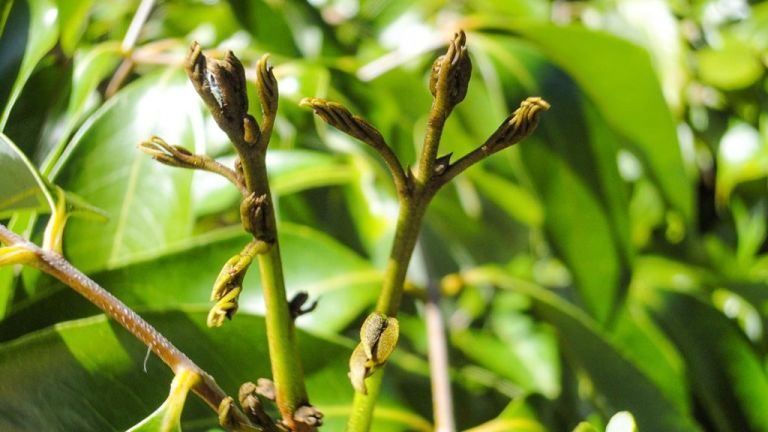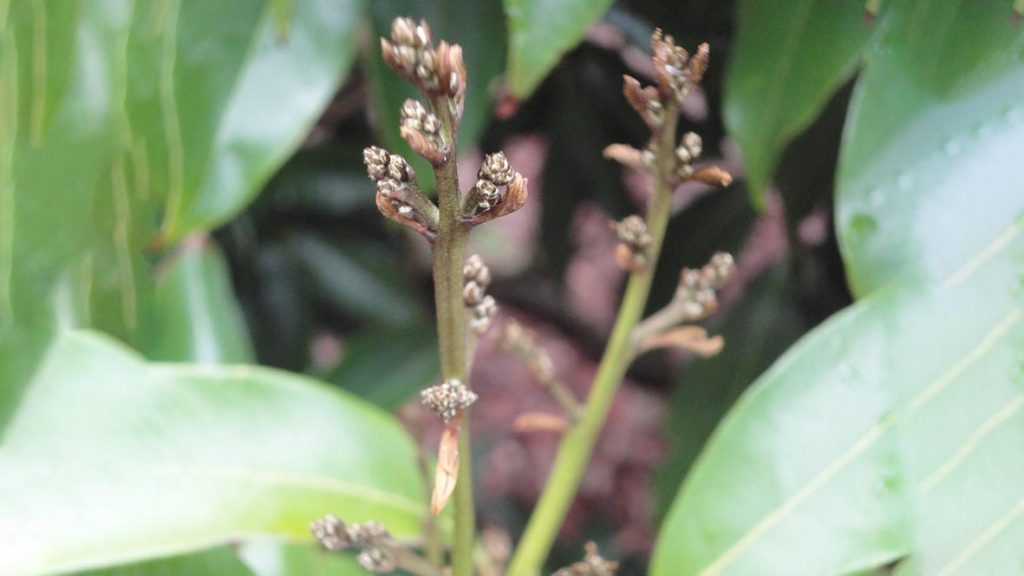
Initiating Litchi Flowering
Litchi trees flower due to cold and dry conditions that halt vegetative growth. Excessive water and nutrients from April to May promote growth, reducing flowering chances. Soil moisture and fertilizers during these months stimulate litchi trees to grow and produce new vegetative flushes, not flower panicles. It is a critical period for the litchi tree as it determines the balance between growth and flowering. The tree’s response to these conditions is a natural adaptation to its environment. Understanding this process is key to successful litchi cultivation.
Dealing with Stress Conditions
To induce stress, avoid applying fertilizer or watering litchi trees from April to May. This strategy suppresses vegetative flush development. Terminal shoot buds mature and are ready to flower under chilling temperatures from June to July by early winter. This stress-induced flowering is a survival mechanism for the tree. It ensures the tree’s reproductive cycle continues despite harsh conditions. Careful management of these stress conditions can lead to a successful harvest.
Flowering Period
Litchi trees typically flower from early June to mid-July in Central Plateau, Eastern and Southern regions of Mauritius. In the northern regions, flowering occurs from end-June to mid-August. To enhance litchi fruit yield, follow these guidelines during the flowering period. The timing of flowering varies depending on the region’s climate. Understanding these regional differences is crucial for planning the cultivation process. The goal is to maximize the flowering period for a bountiful harvest.

Do’s During Flowering
Start irrigation after 50% flowering and gradually increase water volume for proper fruit development until two weeks before harvest. If feasible, introduce bee hives in the Litchi orchard to boost pollination and fruit set. Establish or maintain windbreaks to shield inflorescences and reduce flower and fruit drop in windy areas. Proper irrigation is crucial for fruit development. Bee hives not only increase fruit set but also contribute to biodiversity. Windbreaks protect the delicate flowers and fruits from damage.
Don’ts During Flowering
Avoid applying fertilizer or manure as it’s unnecessary at this stage. Refrain from using any insecticide to protect pollinating bees. Pruning branches is not advisable as it promotes vegetative growth over fruit set. Lastly, don’t remove dead leaves or mulch around the tree because it helps retain moisture. Each of these actions has a specific purpose. They create the optimal conditions for the litchi tree to bear fruit. Following these guidelines can significantly improve the yield and quality of the litchi harvest.


